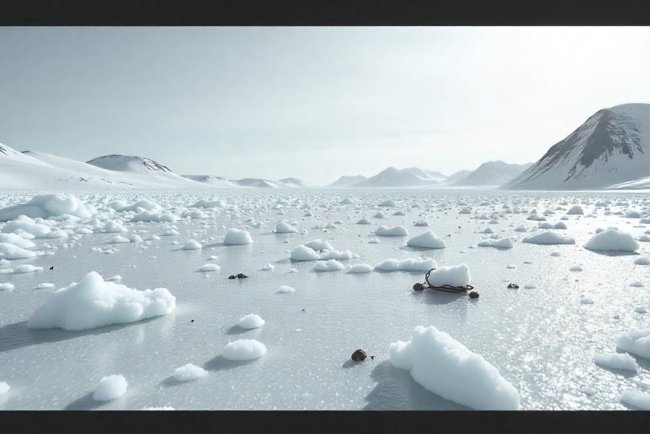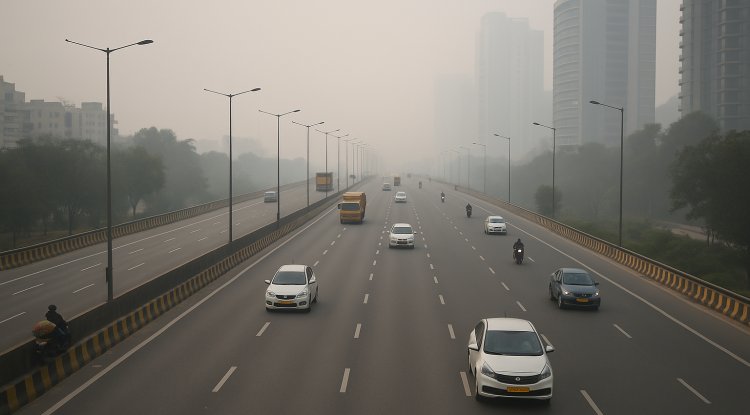Glass Bottles Contain More Microplastics Than Plastic Ones: French Study
A French food safety study has found that drinks in glass bottles contain five to 50 times more microplastics than those in plastic bottles, with bottle cap paint identified as the source. The findings suggest packaging materials may influence contamination levels.

A recent study by France's food safety agency ANSES discovered that glass bottles may contain significantly more microplastics than plastic bottles. The study analyzed a variety of beverages widely consumed in France, including water, soft drinks, lemonade, iced tea, beer, and wine, that came in three kinds of containers—glass, plastic, and metal.
Average cases where beverages contained in glass packs had five to 50 times the number of microplastic particles per litre compared to products contained in plastic bottles or cans. The research took samples of frequently consumed products nationwide and exposed samples to controlled laboratory environments. For beverages like soft drinks, lemonade, and beer, microplastic contamination within glass packs averaged at approximately 100 particles per litre. Compared to that, the same beverages kept in plastic containers contained very few microplastic particles.
Researchers determined the cause of the surprise contamination to be from the paint coating on caps used to seal glass bottles. The research established that the particles found in the samples were of the same shape, color, and polymer structure as the paint on the caps. Inspectors of the caps revealed micro-scratches on the caps—apparently as a result of friction upon storage—most likely to have initiated the release of the plastic fragments into the beverages.
When the still and sparkling water was analyzed, the microplastic contaminations were quite low in all the samples. The still water in glass packs had approximately 4.5 particles per liter. The plastic water had a paltry 1.6 particles. Wine, ranging from the ones stored in glass packs with the same painted caps, also had quite low amounts of microplastics. The experiment took this into account but did not offer a detailed explanation of the difference.
In the drinks that were tasted, bottled sparkling drinks contained approximately 30 particles per litre, lemonade around 40, and beer almost 60. These were significantly more than those in metallic or plastic packaging. Although this finding has been established, there is not yet a definitive standard from which a figure could be determined to be harmless in terms of being toxic to microplastics in liquid. Therefore, to this point, it is unknown if these amounts are harmful to health.
The increasing occurrence of microplastics in the environment has been a worldwide issue, with particles finding their way into air, food, and even the human body. Although so far evidence does not prove any direct effect on human health, scientists are keeping an eye on how widespread and what the impact will be of exposure to microplastics.
In order to minimize the problem, ANSES tried one cleaning procedure that would cut down on contamination. The procedure was blowing air over caps and then washing them in alcohol and water, which lowered the amount of microplastic particles by about 60%. This means that manufacturers can use relatively simple procedures to prevent contamination and ensure product safety.
The results raise suspicions regarding packaging guidelines and the need for increased research into the way microplastics find their way into food and drink. The results also indicate that the widespread supposition that glass is generally cleaner and healthier than plastic is not necessarily always accurate.
The study, conducted by ANSES and others and published in the Journal of Food Composition and Analysis, promotes greater openness and protection practices among beverage makers. It also highlights the need to look at the whole packaging system, from apparently minor things like bottle tops, when debating product safety.
Source: © 2025 AFP | Study by ANSES | Edited by Andrew Zinin
What's Your Reaction?

















